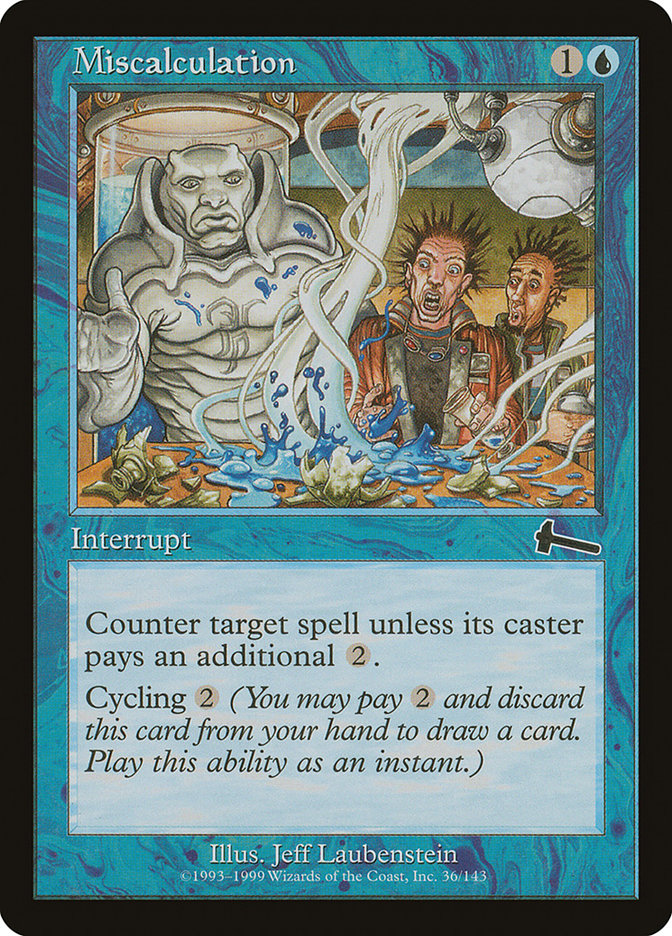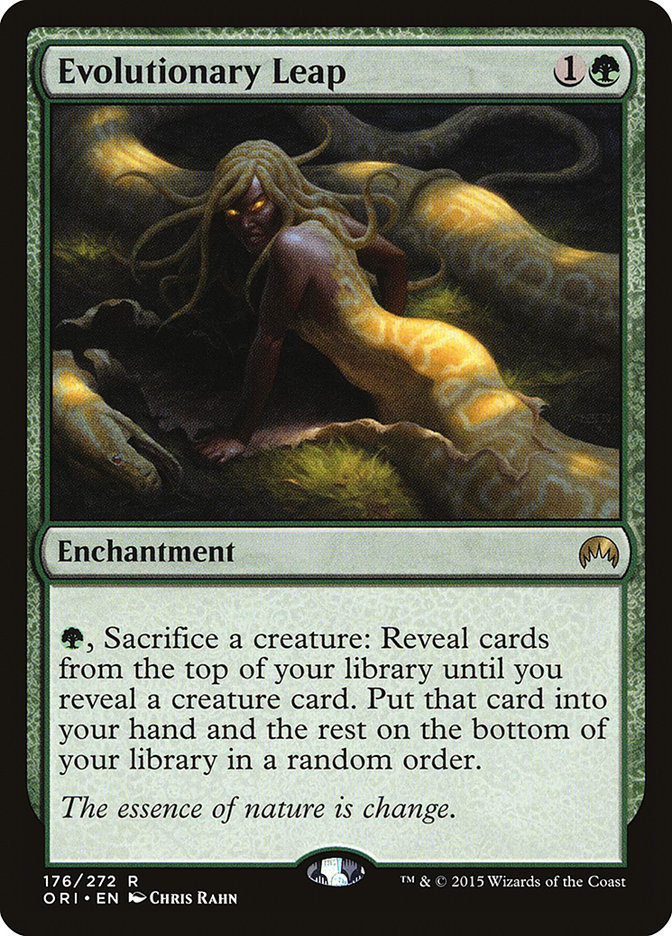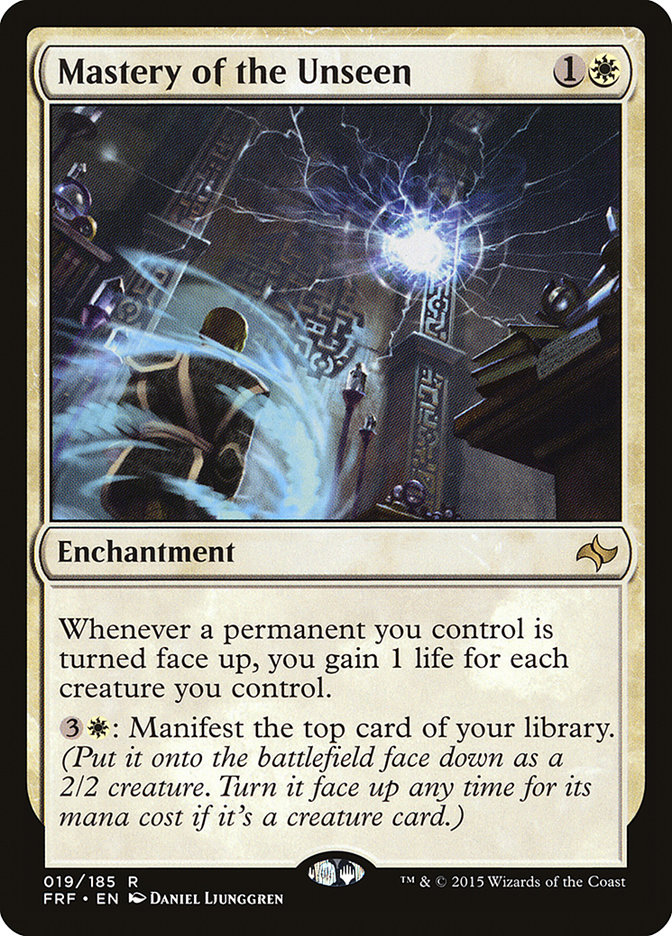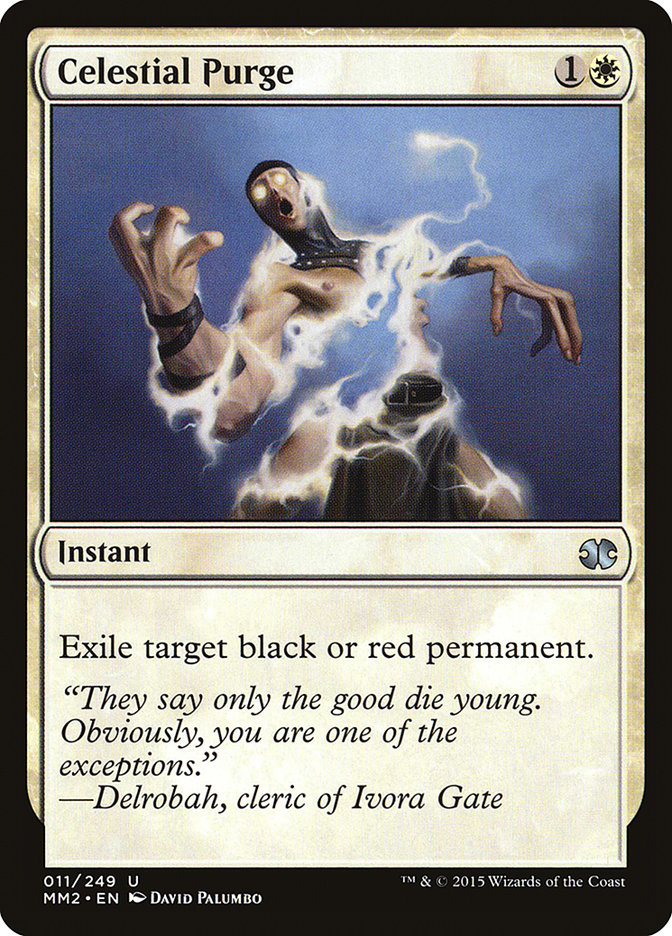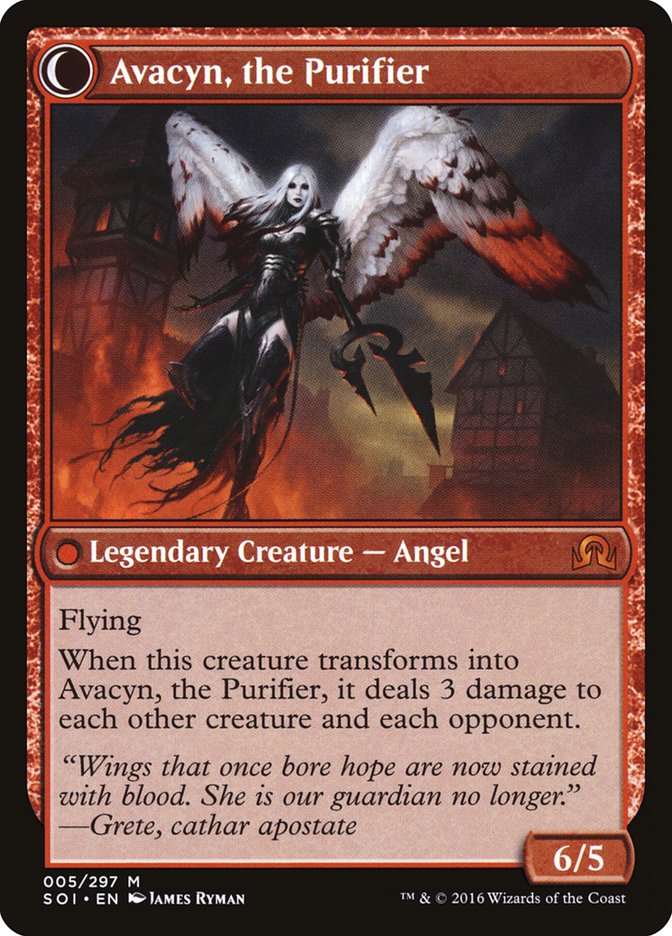Depending on the situation at hand, the primary goals of playtesting may be dramatically different. A Pro Tour team is tackling a fresh format from scratch to build a deck that can win in their perceived metagame. On other hand, a small group working for an SCG Tour® event may simply be trying to tune an established archetype.
What both collectives have in common is that they’re investing their time to learn.
If you walk away from a playtesting session without being able to communicate something tangible that you’ve learned, you’ve accomplished nothing.
The Bane of Percentages
If time is enemy number one, then the next villain in line is matchup percentages. All too often I’ve seen the results of a teammate’s set end in relaying that “X went 8-2” or “Y is favored.”
The goal of playtesting is to learn. What does saying that a deck has an 80% win rate even convey to other people?
There are a multitude of problems when it comes to recording the results of playtesting in this manner. First and foremost is the fact that Magic is a game full of variance. The reality of the situation is that the deck that lost the session may actually be the favorite in the matchup should it be played in a much larger sample.
Another issue is that decks will change over the life of the process. If records are made of wins and losses rather than focusing on key elements and interactions, than these results can be ultimately made worthless.
When faced with severe time limitations, it is more important to understand the flow, dynamics, and interactions of the matchup rather than focusing solely on winning and losing.
While it may not be the most elegant way of describing it, I tend to talk about how a matchup “feels.” Sure, I might have lost, but maybe the matchup is ultimately good! A big part of playtesting is putting in the effort to get accustomed to how the games play out and when and how to adjust.
Imagine if someone wrote the following: “G/W Tokens went 5-4 against Esper Control. Esper often has trouble dealing with their sticky threats and a curve of planeswalkers. In particular, Gideon, Ally of Zendikar is incredibly punishing if it lives for a turn. If Esper makes it out of the early-game, they also have trouble consistently going over the top of G/W before Evolutionary Leap grinds them out.”
I would have a good impression of the how the games play out and the idea that G/W is favored because they have an advantageous strategy at every stage of the game despite the numbers being close. Maybe the G/W Tokens player had weaker draws or was learning how to play the deck throughout the set, but proper communication allows the two players to spread accurate information with the rest of the team.
Getting to the root of a matchup is the best way to save time. If it take nine games to come to the above conclusion, then that should be the end of that particular set. There’s no reason to continue playing if the group has learned what it needs to learn before making adjustments. It would be a better use of time to move on to the next order of business.
On Empowerment
The main problem I’ve experienced on Pro Tour teams is a lack of empowerment.
It is impossible for fourteen people on a team to be equally skilled at Magic. That being said, it is each individual’s responsibility to trust one another when they decide to be a part of that team.
This is another reason why learning what is actually important in a matchup and communicating it properly is key. A superior player may be able to achieve a better game record in a particular matchup, but if everyone is on the same page about how those games are playing out and what is important, then finding the proper solutions to a problem will become much easier.
Further, if you ever find yourself thinking “those aren’t the results I had,” then start asking questions about the games! Opening a dialogue is the fastest way to solve disconnects between individuals and get everyone up to speed.
There is nothing that wastes more time and accomplishes as little as someone going back to “check another person’s homework.”
On Spectating
Sometimes watching rather than playing is the best way to learn.
Maybe you’ve talked with your team and they agree that a matchup feels favorable, but you just can’t seem to get the nuances down. Rather than continuing to jam games, perhaps you should ask the person who is performing the best to let you watch them play.
Not all Magic players are equal when it comes to technical ability or communication skills. It becomes your responsibility to ask the right questions.
Perhaps your teammate makes a play that appears funny to you. At that point, it shouldn’t be a matter of “Why did they do that?” but “Why would they do that?”
A mastery of the games may even include a subconscious realization of how common sequences often play out and a means to exploit them. As a spectator, if you spot these, then take a note of it to share with your teammates!
I personally love playing games at a slower pace and essentially being a “two-headed giant” with another person. While these games typically take longer, I find them more rewarding as learning tools for both myself and the other individual than simply playing alone.
That being said, many folks don’t operate this way, and as a result it’s important to keep away from having “too many cooks in the kitchen” in these circumstances. Instead, save your questions and observations for after the game!
Playtesting in an Established Metagame
For the most part, the best way to maximize your time when working in an established metagame is to play a majority of sideboarded games. Specifically it is best, if possible, for the group to pick a singular deck and tune its sideboard when strapped for time.
I’ve been fortunate to be around Brad Nelson quite a bit the past two years. This is by far his greatest strength and one of the best skills I’ve been exposed to in that time frame.
He approaches sideboard games like a puzzle. Whether consciously or not, Brad deconstructs the common play patterns of the games down to a turn-by-turn basis and tries to attack them directly. If Brad has done his thing, then his deck is going to trump yours seemingly at every corner.
I don’t necessarily take a hard line like he does, as I view games of Magic as being more dynamic than preparing for the most-expected scenario, but there is a wealth of information to be gleaned from his approach.
Sideboards are not simply tools for playing hate cards or improving your means to interact with an opponent; they should be constructed with a specific plan in mind. As a general rule, if I draw a sideboard card in my opening hand and I don’t feel significantly better about how the game will play out as a result of it, I assume there’s still work to be done.
This is why I always find it difficult to write sideboarding guides in articles. Not only are they a dynamic set of fifteen cards that are likely to change based upon an opponent’s configuration, but a well-built deck is going to have a specific plan in each matchup that results from understanding the games through playtesting.
In other words, if you’re using another person as a resource, not only should you not simply adhere to their guide, you must ask yourself what greater purpose are they trying to achieve by sideboarding as they do.
Playtesting in an Unknown Metagame
I’d like to think that I’ve come a long way here.
I used to be “the brew guy.”
A lot of my enjoyment from Magic comes from building decks and trying new things. This is a valuable resource on a team and has the potential to lead to great decks leading into Pro Tours or the first weeks of new formats.
That being said, there is a time and place for building decks and working on what your teammates already have. The number one thing here is to not get attached to a deck because you made it and have been working on it. If a deck is performing poorly and there’s no clear solution in sight, it is often best to simply drop it and move on, as your goal should be to maximize your team’s performance in the tournament.
There will often come a critical moment when it’s time to stop trying new things and transition into crunch time where working on sideboards and fine-tuning should be prioritized.
Sometimes it is the right decision to shelve a good idea. This can be a tough pill to swallow, but a great concept that you no longer have the resources to tune is still going to be worse than a stock deck that folks have put the hours into developing.
On the flip side, the beginning of the testing process for a new format shouldn’t be about decks at all. Odds are, the first drafts of everything your team builds are going to be quite bad. This shouldn’t be a time for thinking about matchups, but rather focusing solely on new cards and interactions.
Try out new stuff! Throw those cool new mythics and build-around-me cards into decks and play with them. Even if you suspect a card is good, that doesn’t mean you shouldn’t be giving it the attention it deserves. What you may discover is that an older card has suddenly gotten substantially better from a new set’s printing.
The best recent example of this is Archangel Avacyn. We all expected the marquee mythic to be powerful, but that doesn’t mean there wasn’t a lot to be learned about how to play with and against her. In particular, our early playtesting for the format revealed that Eldrazi Displacer and Avacyn were an incredibly potent duo. The former has gone on to be one of the defining cards of Shadows Standard despite not receiving much press at its printing.
This is, of course, not by any means a comprehensive guide. As I spoke about previously, any system that involves large groups of people working towards a creative goal is much more an art than a science. That being said, I hope that this snapshot of what I’ve learned through my experiences working with teams to prepare for tournaments can help to inspire and improve others with their endeavors of succeeding as collectives in Magic.



